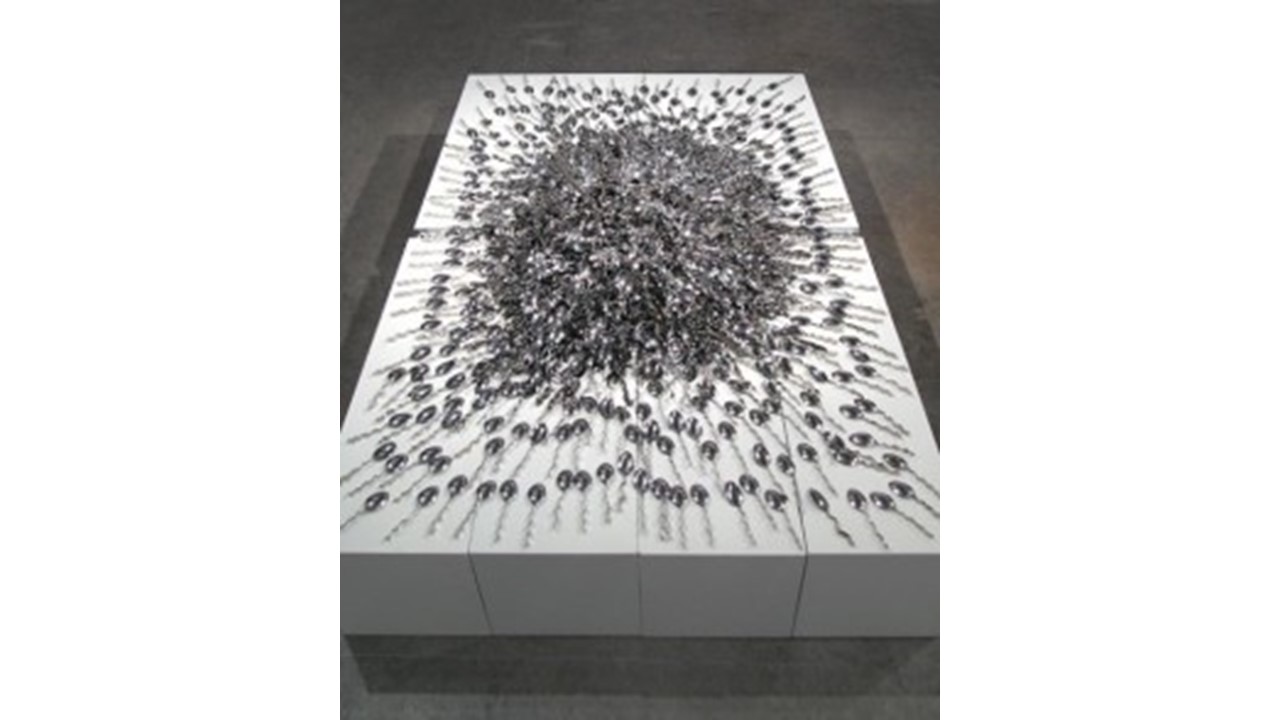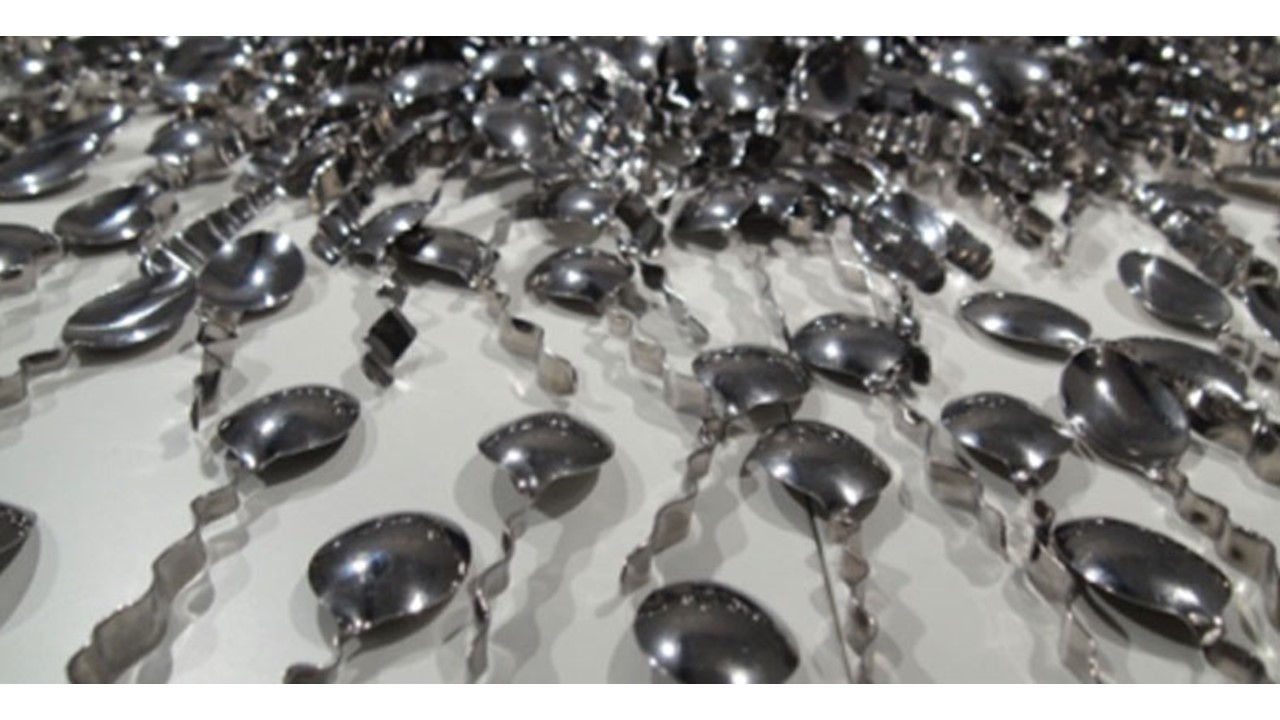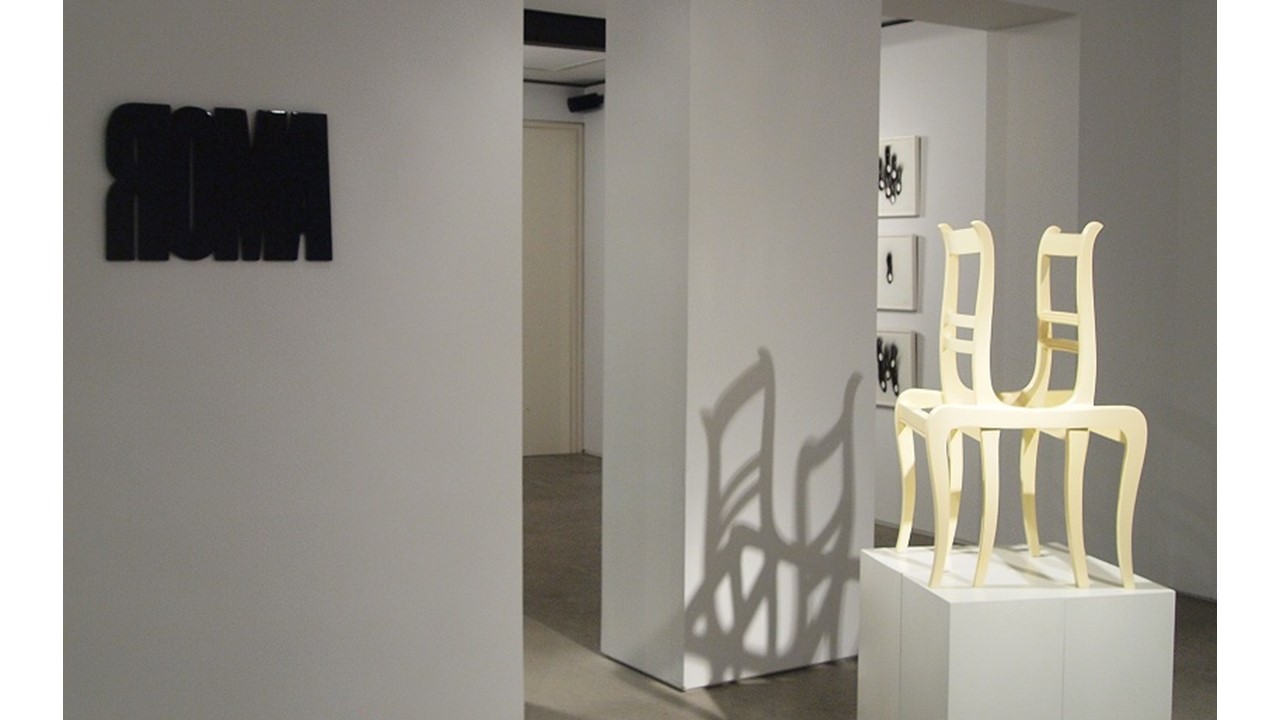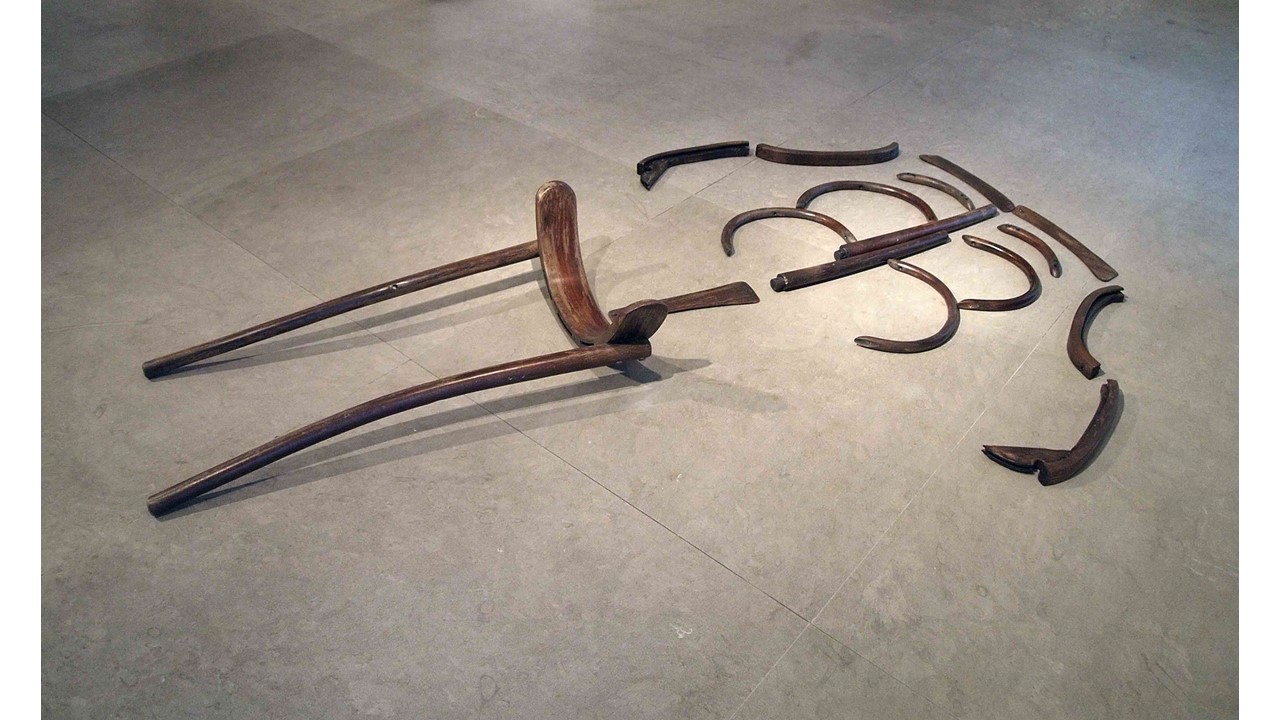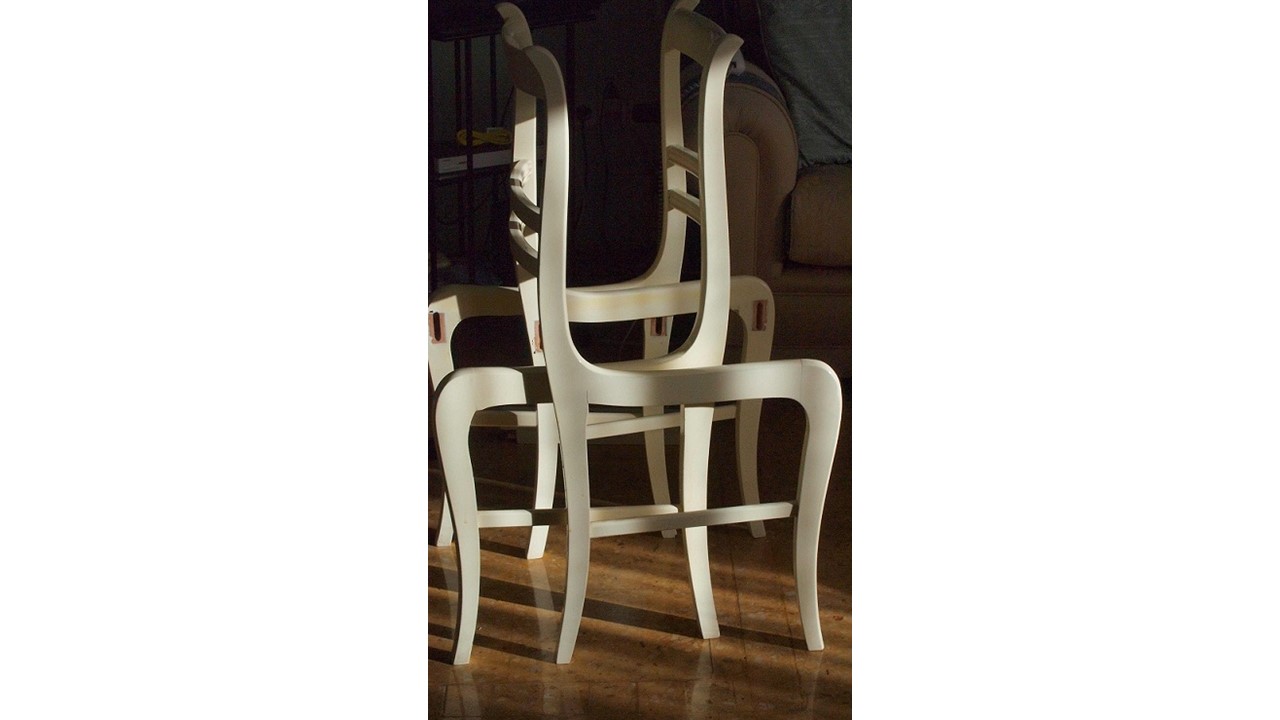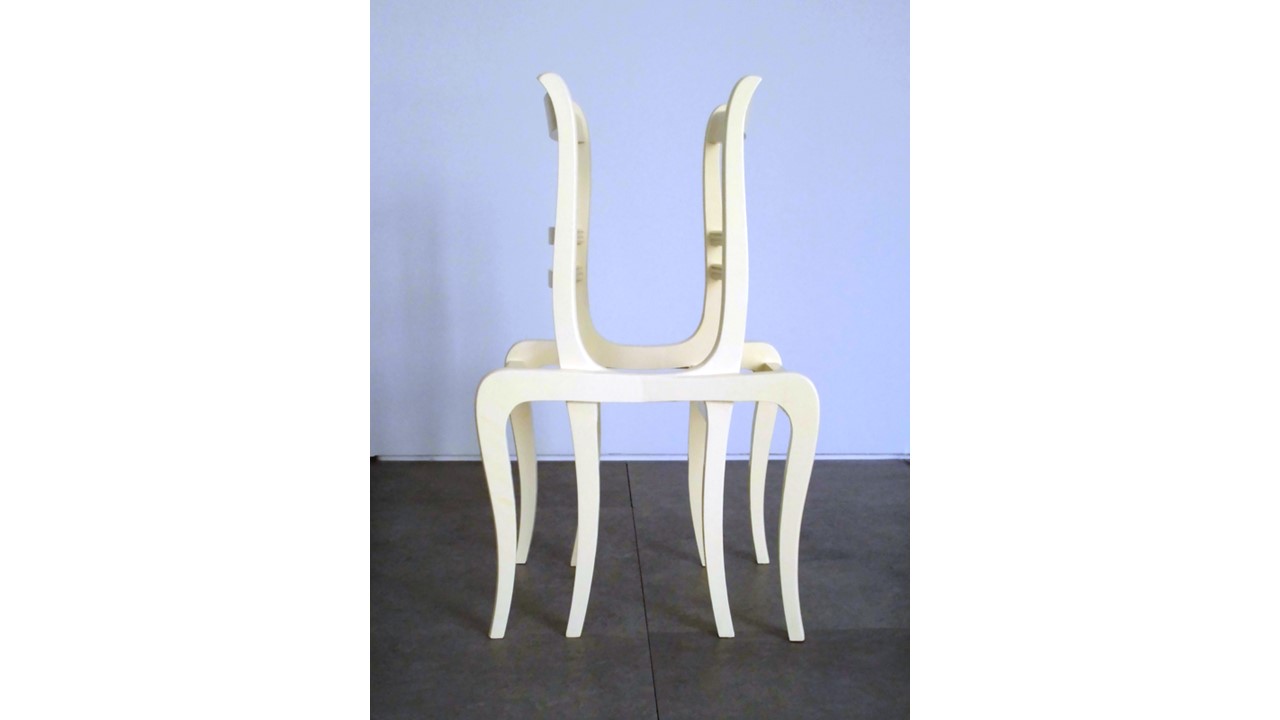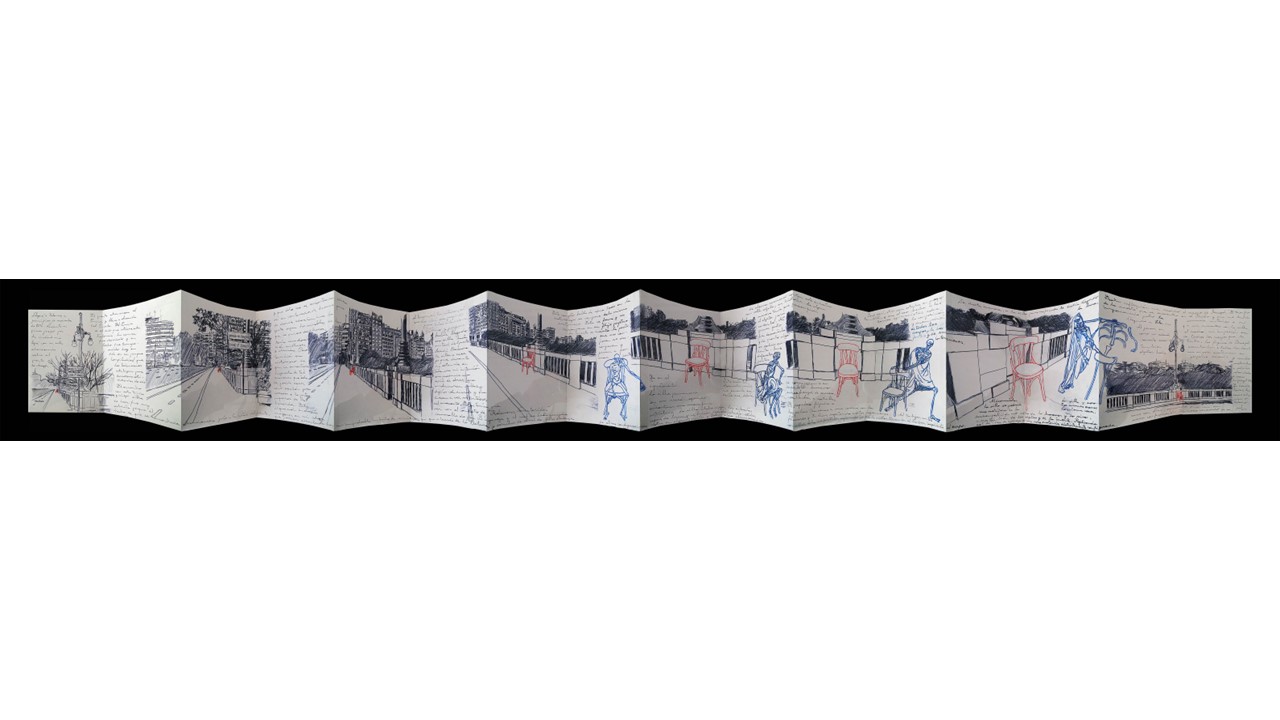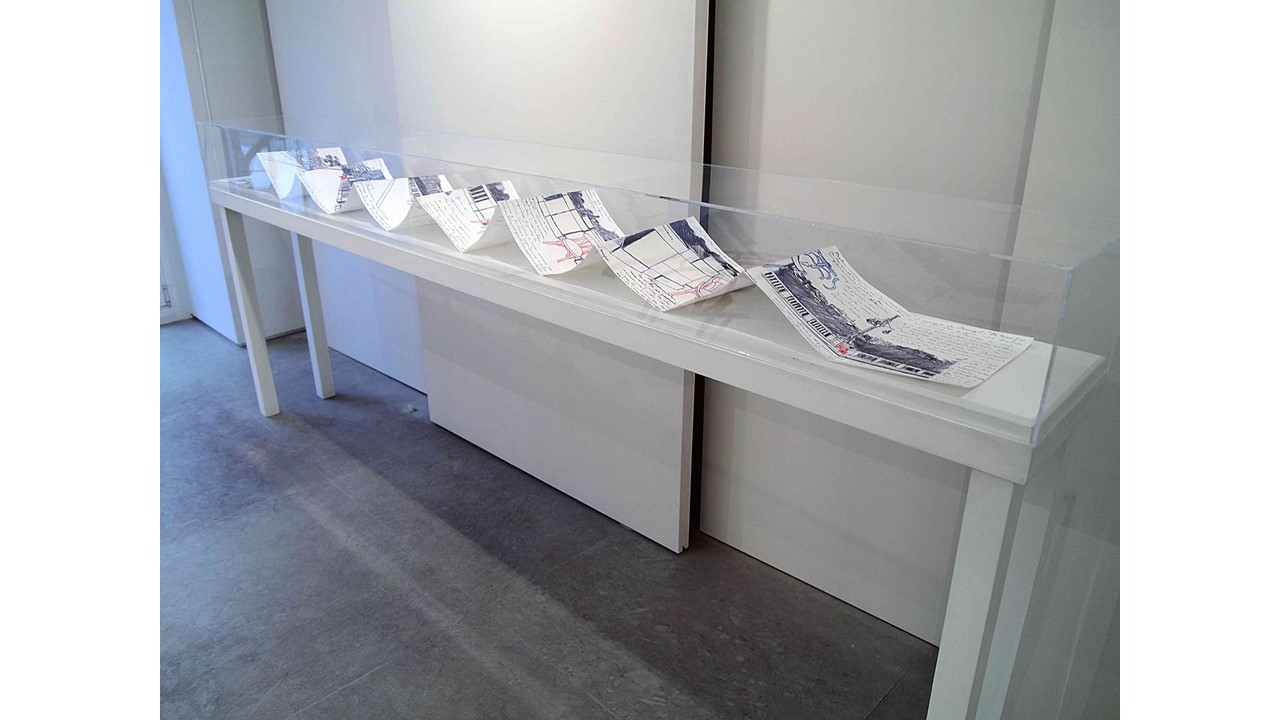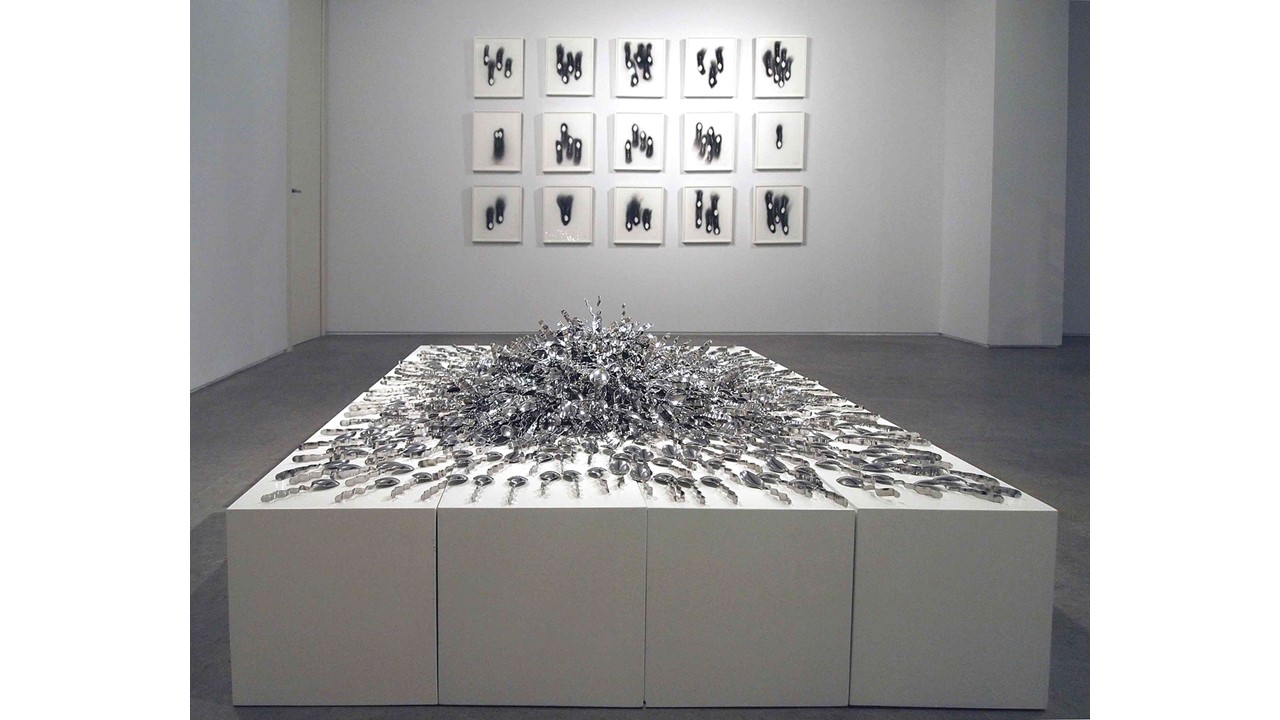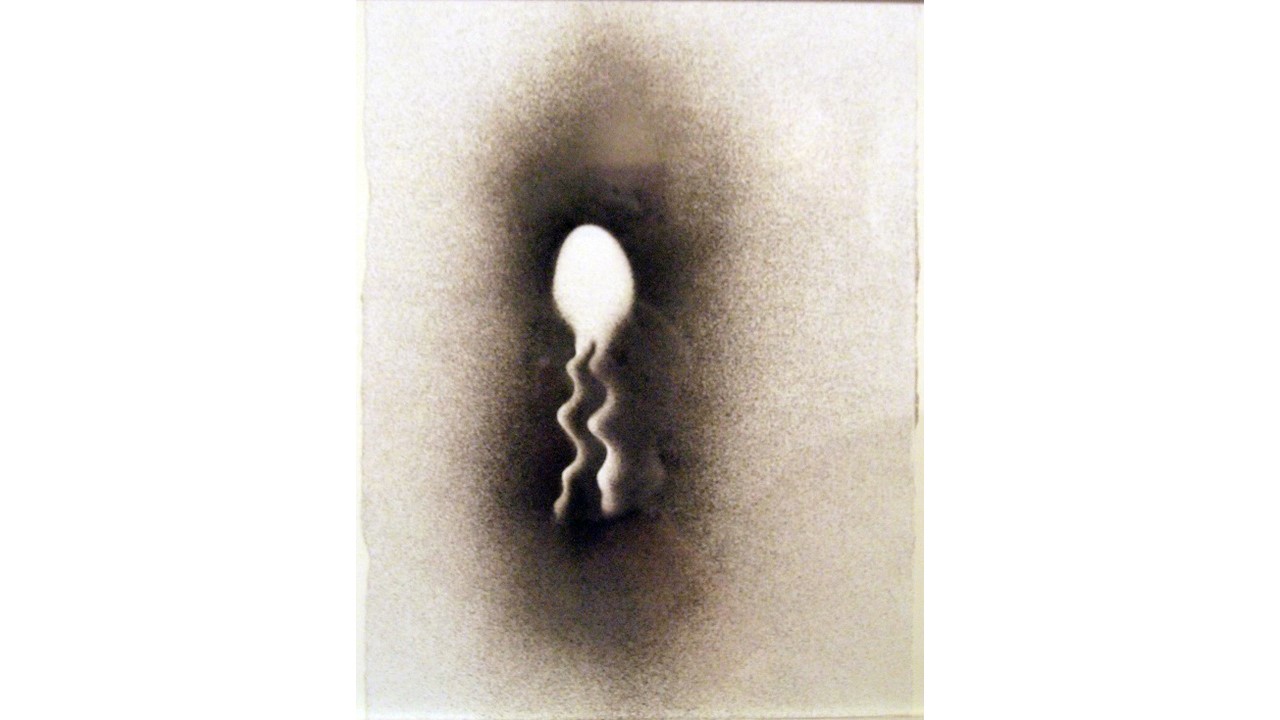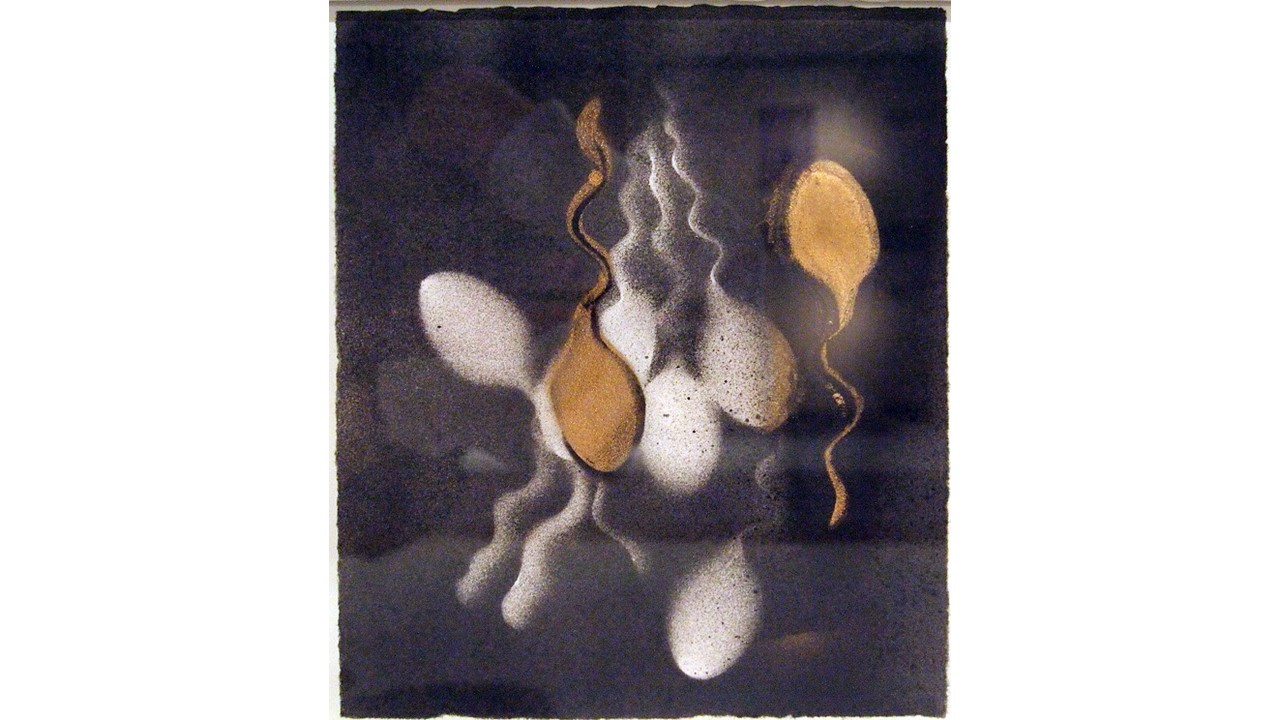Plural-Singular
Paul Muguet
from January 9, 2013 to March 2, 2013
"PLURAL-SINGULAR. Paul Muguet" (January 9 - March 2, 2013) .
Exhibition of works on paper and object sculptures. The author was born in Mexico in 1975 and he currently lives and works in Mexico City. First exhibition in Spain.
In Plural-Singular, Paul Muguet operates an intersection between personal questions, encounters with objects and works during his stay in Spain, reading texts and listening to Gilles Deleuze's courses on the philosophy of Baruch Spinoza, in order to evoke human concerns through the manipulation of everyday objects.
On the one hand, a multitude of coffee spoons to which a sculptural gesture imprints on each of them the representation of a spermatozoon (Nineteen hundred and seventy-five spoons, 2012). It is a metaphor of the origin of life and nature's appetite to perpetuate itself. But in addition, with this gesture the artist also imprints on each industrialised and therefore identical object the mark of a recovered individuality.
On the other hand, two chairs seem to merge into an intimate approach (Couple No. 9, 2012). This new piece is part of the series "Couples" that arises with the intention of transcribing through assemblage, the concept of "babbling" or "stuttering" of the language that Deleuze creates to define the creative act in literature.
With this reference as a starting point Paul exchanges words for chairs, repeating and dreaming them and thus creating metaphorical portraits of couples in erotic interaction, as an echo of the deleuzian notions of desire. For Deleuze desire is a construction, an assembly of things and situations through which individuals represent both themselves and their aspirations.
Finally, an old bar chair abandoned on a bridge in the city of Valencia is recovered and dismantled by the artist. From this gesture, Paul reorganizes the dismantled parts of the chair so that they form the figure of a skeleton (Dead Chair, 2012), accommodating an image of the inexorable finitude of the body and things. The encounter with this object, in that particular situation, reminds Paul of the way in which it attracts his attention in Bruegel The Elder's Prado El triunfo de la Muerte (The Triumph of Death), inciting him to intertwine in a drawing, the account of the moment in which he finds the chair mysteriously abandoned on a bridge, and the allegorical figures of death dragging a multitude of individuals in Bruegel's painting.
When intervened by the artist, these objects lose their usual functions and access a degree of poetic representation. By changing their form and the way in which they are usually shaped they echo the concepts that Baruch Spinoza called Relationships Characteristics and Modes of Being. According to Spinoza, what defines the individual is his singularity, the "way" in which all his material parts are configured in time and space. When death occurs, the relationship between these parts is broken. But these do not disappear but are related differently, giving room to other configurations of matter, to other "modes of being", this theory being valid both for the individual and for inert things. Spermatozoa that are also spoons, two chairs through which the instinct of permanence of beings can be discerned and a dismantled chair that is also dispossession, incite us to think about our singularity during that lapse of time between the moment in which the body is composed and decomposes.
The exhibition is thought around three pieces that represent: one the beginning of existence, another the relations and the last the end. With this hasty and somewhat reductive rhythm, Paul voluntarily seeks to put our own existence into an exaggerated perspective, like a fleeting transit that begins as a combination between a multitude of possibilities, and ends in the best of cases with the expression of an intensity of being, of a singularity in each individual.

